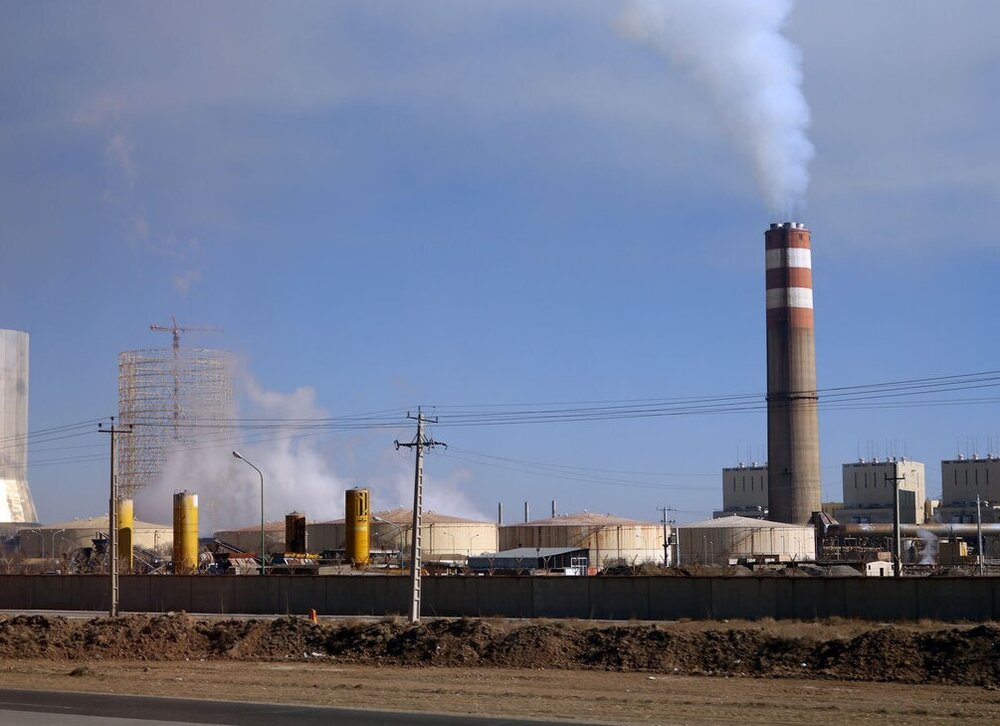Private sector operates 67% of thermal power plants

TEHRAN - Deputy of Planning and Management Development at Iran’s Thermal Power Plant Holding (TPPH) Amir Doudabi-Nezhad has said 67 percent of the country’s thermal power plants are currently operated by the private sector.
Speaking on the sidelines of the 21st Iran International Electricity Exhibition (IEE 2021) on Saturday, the official said 381 power plant units with a total capacity of 46,000 megawatts (MW) are currently managed by the private sector.
According to the data provided by TPPH, currently, 538 thermal units are active in 129 power plants across the country.
As IRNA reported, Doudabi-Nezhad noted that the private sector is also set to add over 8,640 MW capacity of power plants to the country’s power network during the current government incumbency (ends in July 2025), of which 2,792 MW is expected to come on stream by the next summer peak consumption period (next summer starts on June 22, 2022).
Iran’s thermal power plants generated over 173 million megawatt-hours of electricity since the beginning of the current Iranian calendar year (March 21) up to September 15, registering a nine-percent rise compared to the previous year’s same period.
The total capacity of the country’s thermal power plants currently stands at 69,000 megawatts (MW), of which 46,476 MW or 67 percent is operated by the private sector and the government is in charge of the other 33 percent.
At present, the installed capacity of all power plants in the country, including thermal, hydropower, nuclear, distributed generation, renewable, and diesel, has reached 85,559 MW, of which about 81 percent is accounted by thermal power plants.
Combined cycle units with a capacity of 31,179 MW account for 36.4 percent of the total capacity of the country’s thermal power plants while gas units with a capacity of 21,992 MW have a 25.7 share, and the share of steam units is 18.5 percent with a total capacity of 15,829 MW.
Back in July, Esmail Namazi, the director-general of TPPH Research and Construction had mentioned the inactivity of hydropower plants due to drought, the rising temperature, and the increase in electricity demand, as well as the inactivity of the country’s nuclear power plants on some days as reasons for the increase in electricity generation by thermal power plants.
“Thermal power plants have tried to stay active for more hours by shortening the time of their periodic repairs and fixing occasional problems in the power plant units, to compensate the electricity generation deficit in the country,” Namazi said.
He further noted that all thermal power plants across the country are currently operating at maximum capacity, and the employees of the country's electricity industry are doing their best to keep the power plants in the grid despite the new wave of coronavirus pandemic and the extreme heat.
In the past decade, constant temperature rising and the significant decrease of rainfalls across Iran have put the country in a hard situation regarding electricity supply during peak consumption periods.
This year, however, new deteriorating factors like severe drought and the decline in the country’s water resources as well as a new wave of illegal cryptocurrency mining across the country have also worsened the situation.
Iran's Power Generation, Distribution, and Transmission Company (known as Tavanir) has previously announced that the company is implementing over 40 different programs for managing the situation and to prevent blackouts in the country, however, so far these programs do not seem to be working as expected.
EF/MA
